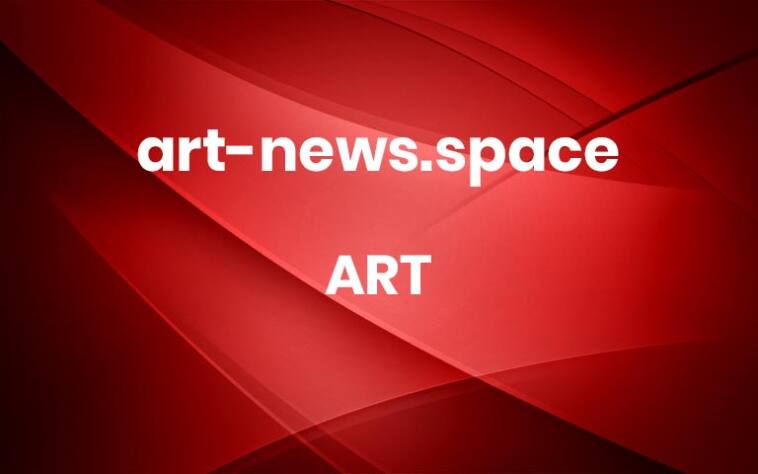Anthony Theakston Sculpts a Spirited Flock of Bronze and Ceramic Birds
Elegant and primed for flight, these birds perch between abstract and realistic representations.
Do stories and artists like this matter to you? Become a Colossal Member today and support independent arts publishing for as little as $7 per month. The article Anthony Theakston Sculpts a Spirited Flock of Bronze and Ceramic Birds appeared first on Colossal. More


